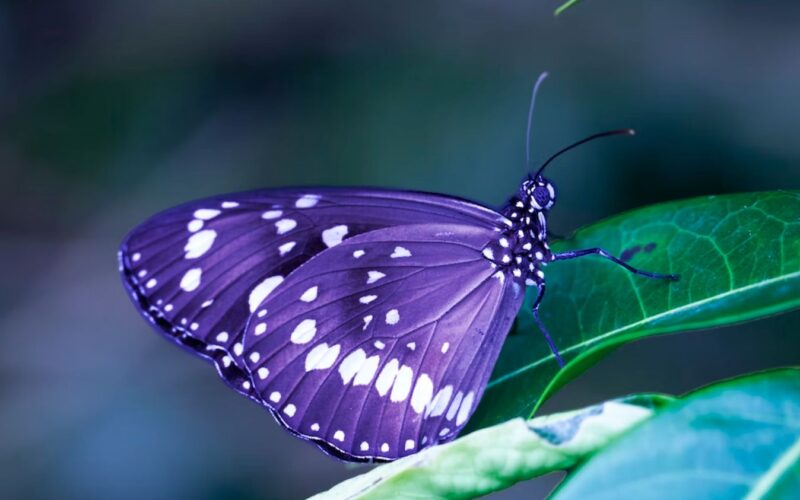October 19, 2022 – Around 76 species of butterflies were counted across the seven parks during a week-long “butterfly evaluation week,” demonstrating the value of Delhi’s biodiversity parks as butterfly habitats.
It is an improvement from the previous year when 71 species were counted.
The Aravalli Biodiversity Park had the most butterfly species, 68, of the seven biodiversity parks in Delhi. This is more than the park’s 40 species counted in 2017 and its 54 species counted in 2018, The Indian Express reported.
Similar increases in species have been observed at the Kamla Nehru Ridge, which went from 38 in 2017 to 59 in 2022. Along with volunteers, students, and instructors, scientists at the biodiversity parks performed the assessment week.
This year, 5,922 butterflies in total were counted. Scientists at the biodiversity parks discovered that they become active after 10.30 am, when the temperature gradually increases over 24 degrees Celsius. Species such the Mottled emigrant, Common emigrant, Plain Tiger, Lemon pansy, and Common grass yellow were found to have the biggest populations.
According to researchers at the parks, butterflies can be useful markers of the health of environments because they are sensitive to changes.
“Species try to abandon some regions as a result of climate change, causing a modest range shift. However, because a variety of habitats have been created, that has not been the case with butterflies at the biodiversity parks, according to the responsible scientist for the biodiversity program, Faiyaz Khudsar.
Since the Yamuna Biodiversity Park is situated along the floodplain, butterflies can find shade among the grasses when the weather is hot, creating their own niche, according to Khudsar.
According to him, the total number of species counted in the biodiversity parks has mostly remained steady in recent years. Also seen were several smaller butterfly species, including the Indian skipper and others that are frequently seen close to the grass.
Original Source.
